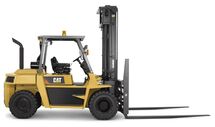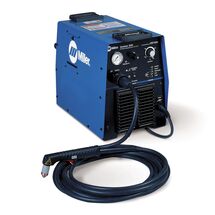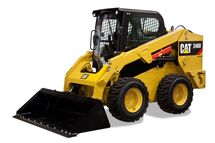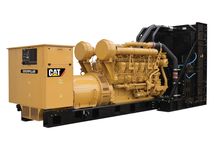RENTAL EQUIPMENT IN Abha, Saudi Arabia
ABHA Rental Equipment
Is it time to expand or upgrade your heavy equipment fleet in Abha? Do you need a temporary replacement for a machine that's in the shop for repairs or at a different jobsite?
The Abha branch of EJAR — The Cat® Rental Store can provide a convenient, cost-effective solution. We offer a wide selection of high-quality machines, tools and attachments for rent at competitive short- and long-term rates. You can also count on us to support every rental with exceptional service. We'll be a trusted partner in your company's success.
Equipment Rentals From Leading Manufacturers
Our expansive Abha rental equipment fleet includes an assortment of products for construction, mining, oil and gas, industrial, and other challenging applications. Choose rentals from Caterpillar and other notable manufacturers with excellent reputations for prioritizing quality, reliability, fuel efficiency, and safety.
If you're looking for earthmoving machines for your construction business, you'll find numerous Cat machines in various sizes and configurations to meet any project demand. Rent a backhoe loader, bulldozer, excavator, motor grader, or whatever else you need to move dirt quickly.
Our inventory also contains equipment from more than 70 other top manufacturers — we have everything from utility trailers and light towers to air compressors and boom lifts.
The experienced team at our Abha store will help you explore every option and guide you through the selection process. Our professionals can also suggest attachments that will enable you to perform multiple tasks with one machine. Utilizing the right attachment saves time and reduces operating costs.
Why Choose Us for an Equipment Rental in Abha?
At EJAR — The Cat Rental Store, we strive to provide a memorable experience for every customer. Our streamlined rental process ensures you won't waste valuable time and effort. We can also deliver the equipment to the site so you can save valuable resources compared to picking it up at the store.
Many EJAR customers take advantage of our user-friendly digital platform to book rentals, pay invoices, and perform other rental functions via their computer or mobile device 24/7. Our prompt on-site service maximizes equipment uptime, helping you keep your projects on schedule.
Move Your Business Forward With Renting
Renting heavy equipment lets you manage your fleet more efficiently. You can add and delete machines and attachments quickly as the demand fluctuates. Renting can also lower your operating costs — you won't have to pay for maintenance and repairs.
If you're planning to extend your business's scope, renting makes it easy to acquire the equipment you need to perform new and challenging tasks that require expanding your capabilities.
Do you frequently get projects requiring specialized equipment? Renting allows you to choose the right machine or tool for every job, ensuring the most favorable outcome. Some businesses even rent equipment before they buy it to ensure it meets expectations and is worthy of a long-term investment.
Begin the Rental Process Today
Contact our full-service Abha rental equipment store today to explore your equipment options. Call us at 966-800-166-0223 or contact us online to request a fast quote today.



